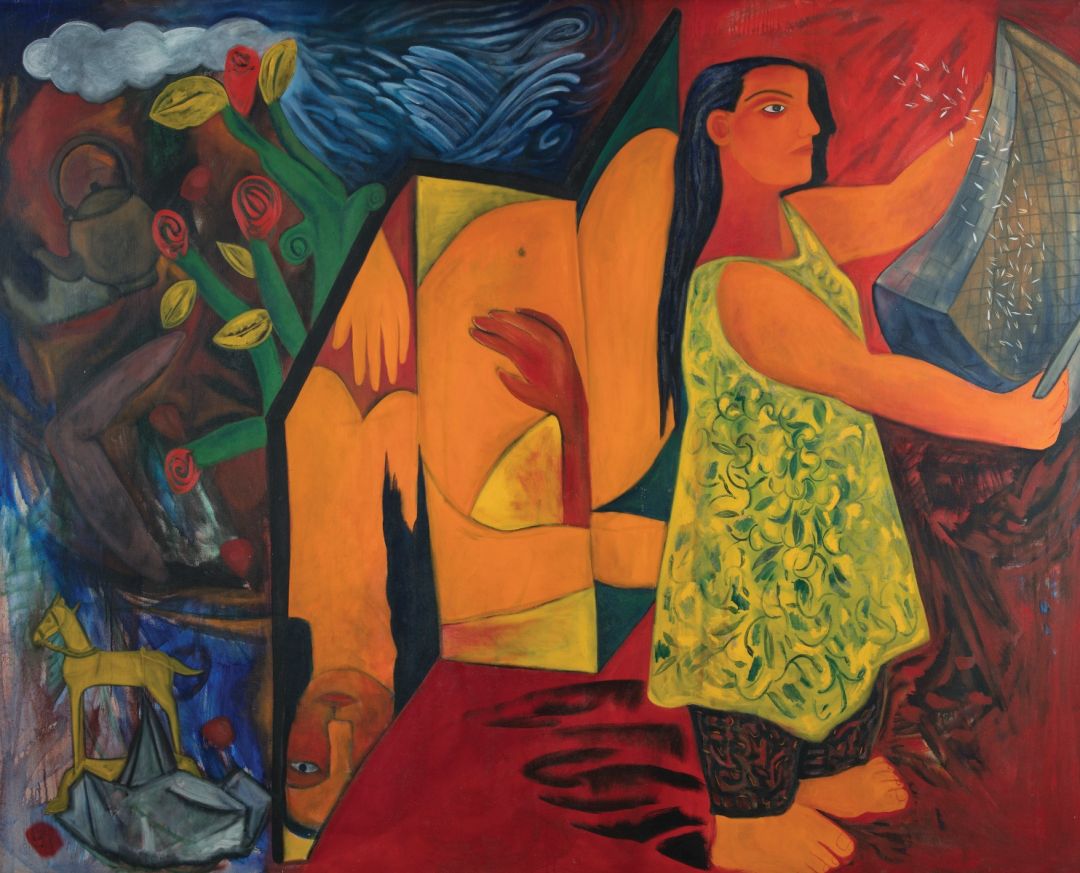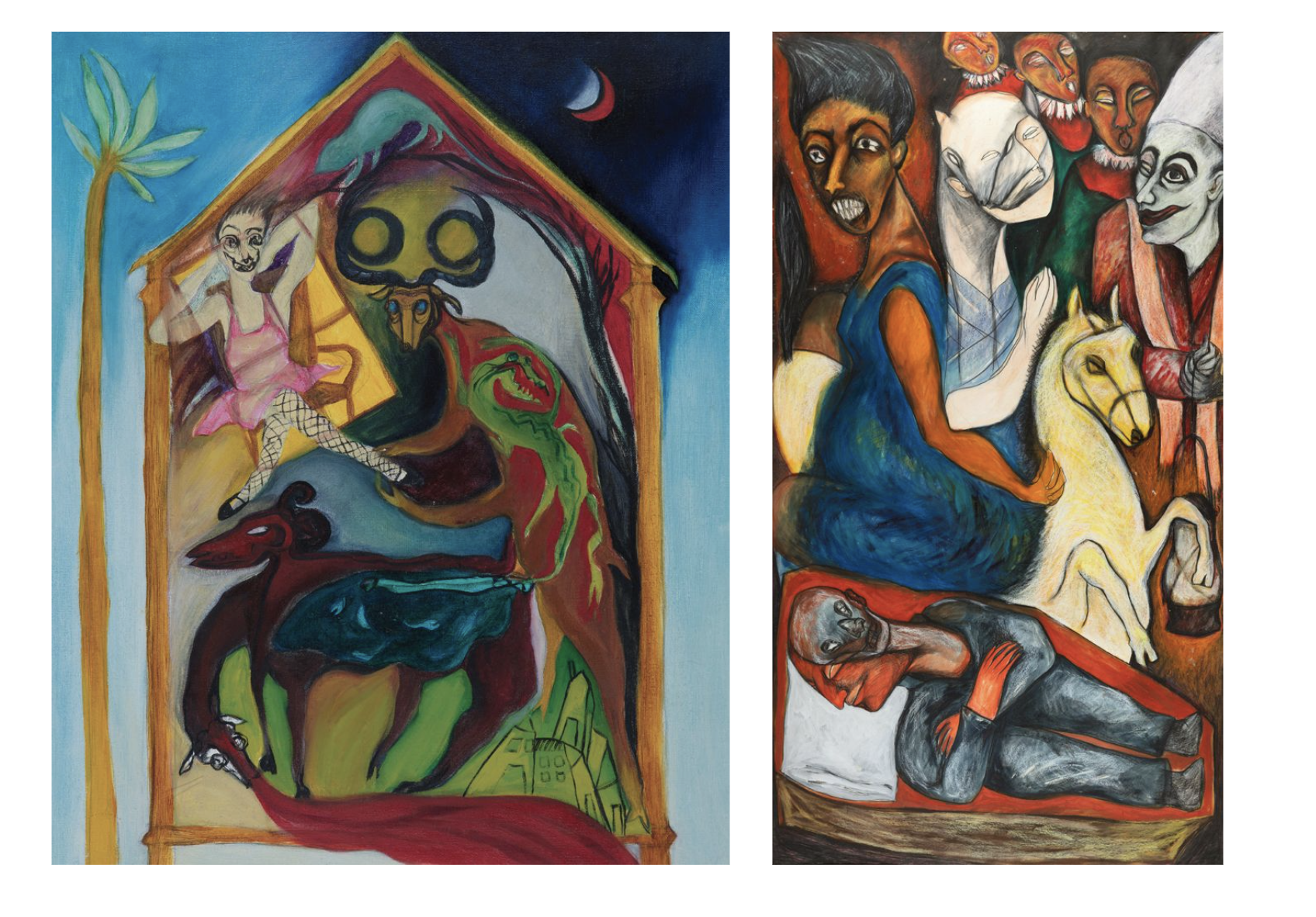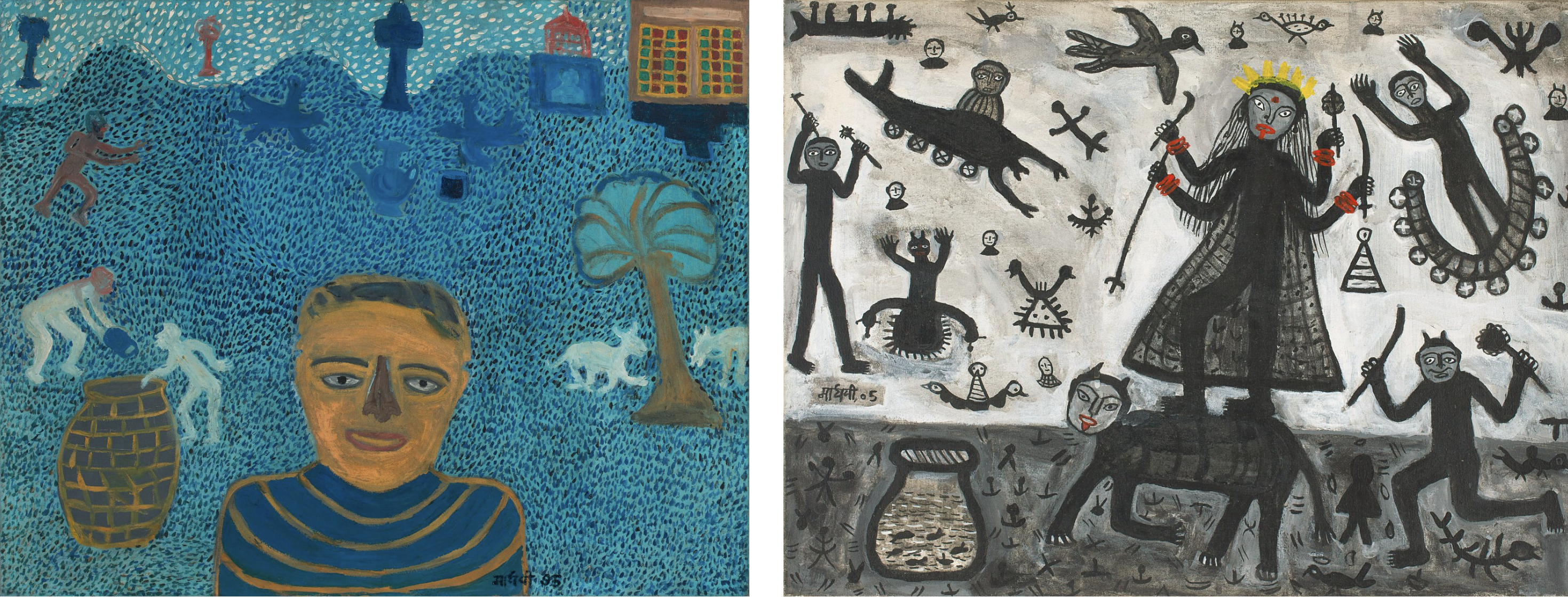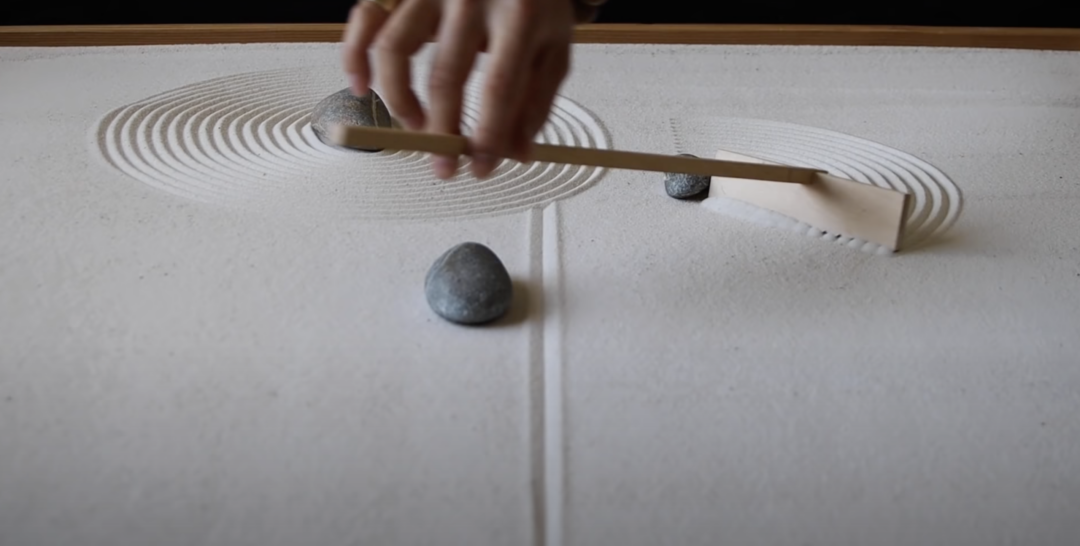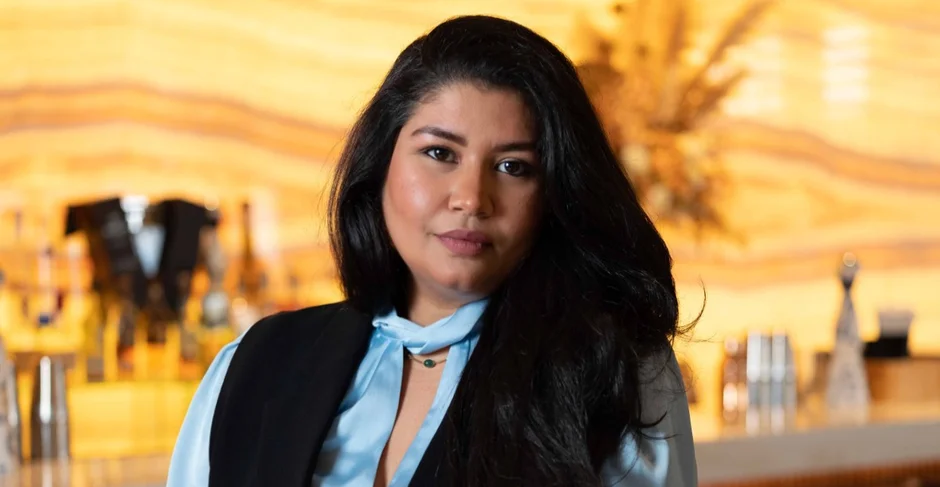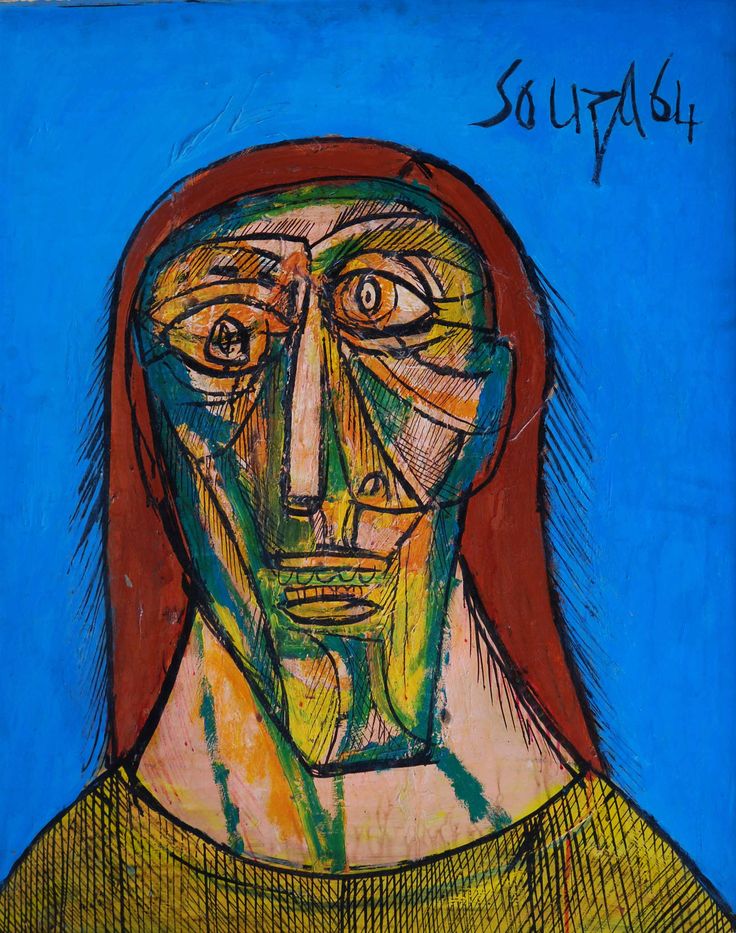Self-taught, but with enough aptitude to catch Stella Kramrisch’s (a pioneering art historian and curator) eye, India’s first woman artist, Sunayani Devi, picked up a paintbrush in 1905 while simultaneously managing her kitchen chores. By 1927, she organised an exhibition of her paintings in Germany. Many Indian women painters followed in her admirable footsteps, soon after.
Devayani Krishna was born five years after Devi started painting; and by then, Amrita Sher-Gil had already established herself in Paris. This was when Ambika Dhurandhar, received her diploma in Bombay. Next in line was author was B. Prabha, whose writing used sharp language to represent the realities of the underprivileged communities of India.
It was a time when women were enrolling in art institutions in larger numbers. It was also when Nasreen Mohamedi and Zarina Hashmi, who were both born ten years before India’s Independence, began their illustrious careers.
The Delhi Art Gallery (DAG) show – A Place in the Sun: Women Artists from 20th Century India – focuses on a select group of these trailblazers who, each in their own way, have developed a distinctive identity and practice, adding to the conversation surrounding the variety of style, medium, material, and context found in India’s twentieth-century art.
While this exhibition only showcases a small number of female artists, it’s an interesting range that is featured. The artists on display span the twentieth century and are representative of the variety of their interests. On the roster are abstract paintings and sculptures, which were created during a socio-political era when women were discouraged from engaging in art.
Devayani Krishna, Zarina Hashmi, Madhvi Parekh, Shobha Broota, Anupam Sud, Gogi Saroj Pal, Latika Katt, Mrinalini Mukherjee, Navjot, and Rekha Rodwittiya are just a few of the women artists who overcame discrimination and sexism to earn their well-deserved place in the spotlight. Here are some of the artists and works that caught our eye while we explored the show’s preview.
Boats for yonder land; Between Vows and Words; and Darling Get Me a Baby Made by Anupam Sud
Anupam Sud is regarded as one of India’s most significant artists and has been recognised for her contributions to the development of printmaking in the country.
The robust anatomical beings in Sud’s artwork are a direct result of her father’s passion for bodybuilding. She credits theatre, classical music, and detective fiction for having influenced her. In addition to the International Print Biennale and Triennale, Sud’s work has been shown in solo and group exhibits in New Delhi, Mumbai, New York, Washington, D.C., Japan, and Korea, among other locations.
The Victoria and Albert Museum in London, the Jehangir Nicholson Foundation in Mumbai, the National Gallery of Modern Art in New Delhi, the Glenbarra Art Museum, and the Fukuoka Museum in Japan all have collections of her work. Sud maintains a studio in Mandi Village while residing in New Delhi.
The Circus Trainer and The Parade by Rekha Rodwittiya
Born on 31 October 1958 in Bengaluru, Rekha Rodwittiya is an artist aligned with the Baroda School. Her work engages with gender politics, socio-political subjugation, human degradation, violence and discrimination, all filtered through the prism of self-questioning. Her allegorical and metaphoric-narrative paintings are depicted through the style of magical realism and surrealism.
Rodwittiya attended Baroda’s Faculty of Fine Arts, from 1976 to 1981, to complete her Bachelor’s Degree in Fine Arts. She worked with renowned Baroda-based artist Jyoti Bhatt while studying and practising photography. Her Master’s in Painting Programme at the Royal College of Art in London (1982–1984) was funded by an Inlaks scholarship, which she earned shortly after. She also studied film and video at London’s Fulham Institute at this time.
The Boy and Kali on Mahishasur by Madhvi Parekh
Madhvi Parekh’s paintings are unplanned; unfolding like a story, where she adapts each work to the scale it demands, developing it into vast narratives. These are full of fables from her childhood, the current environment and global consciousness.
She was both born and nurtured in the Gujarati village of Sanjaya. Parekh is self-taught artist and only began painting in 1964, after encouragement by her artist-husband Manu Parekh. Art has always been a part of her life thanks to her familial customs which included creating of rangoli patterns on the floor, stories of well-known folklore, and everyday rural life in her native village.
While Parekh was expecting their first child, her husband gifted her a book of drawing exercises by Paul Klee, which encouraged her to create her own visual language.
_
A Place in the Sun: Women Artists from 20th Century India is on until October 21, 2023 at The Taj Mahal Palace, Mumbai.
Words by Akanksha Maker.
Images by Delhi Art Gallery.
